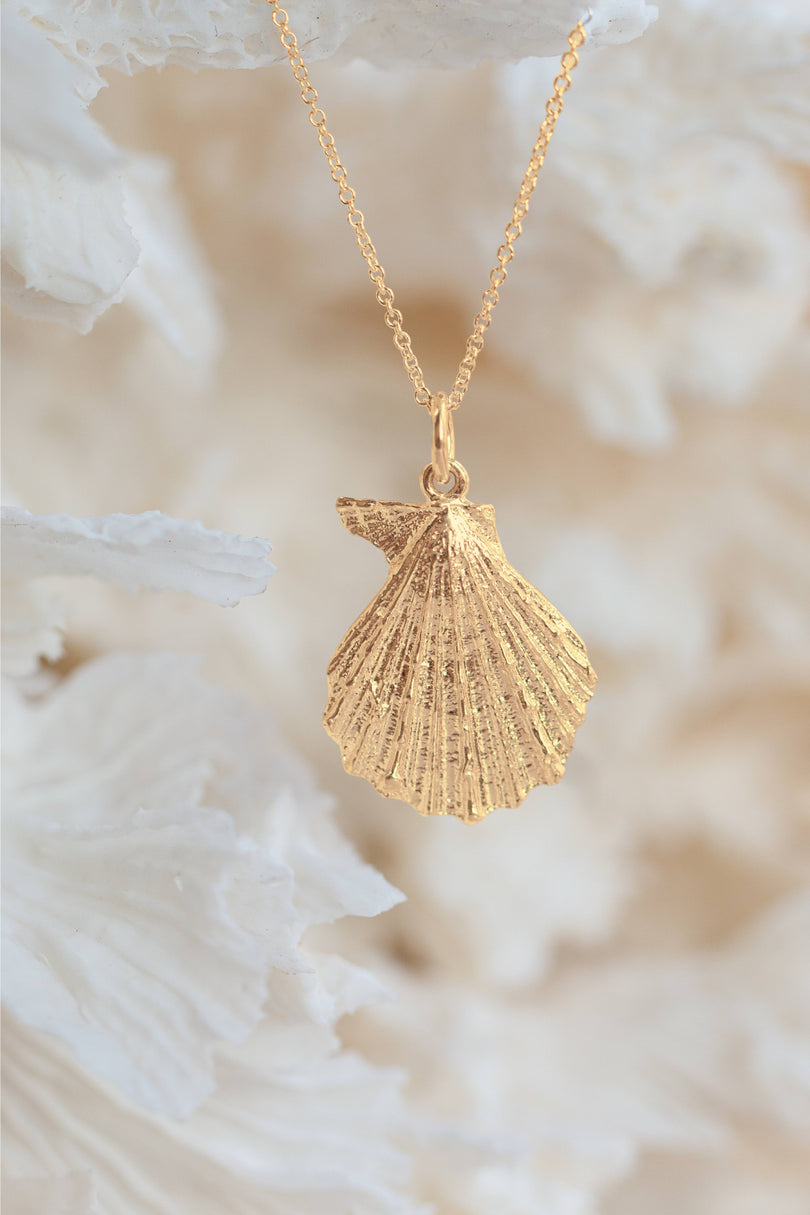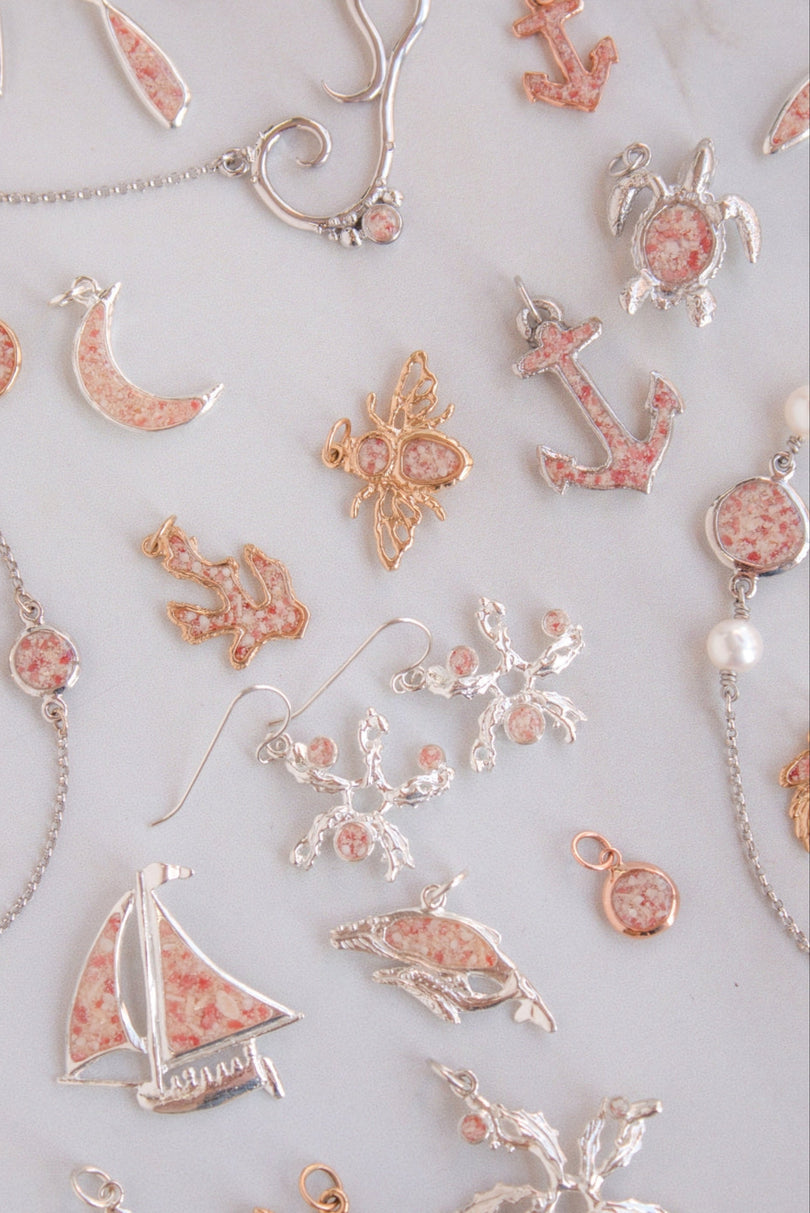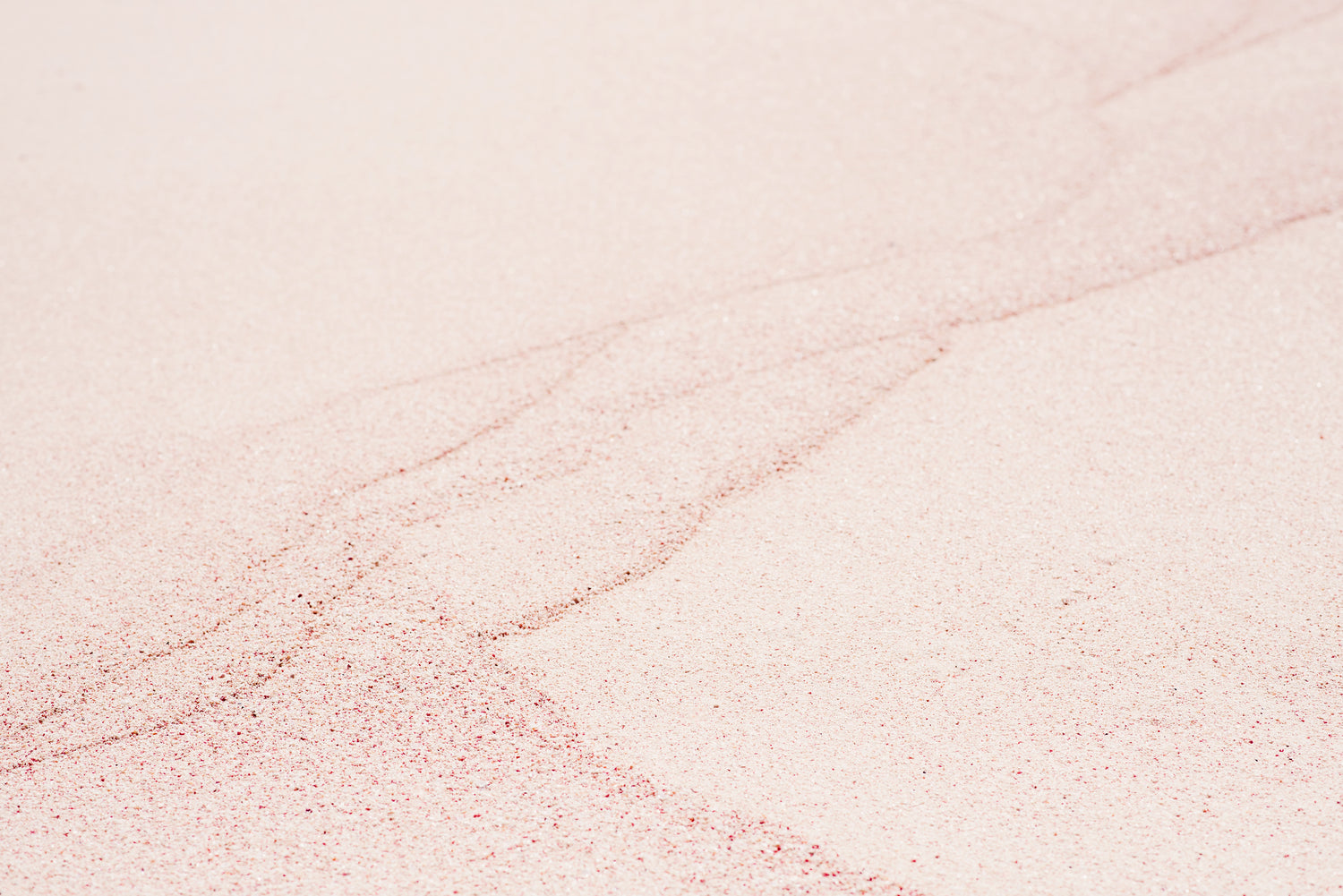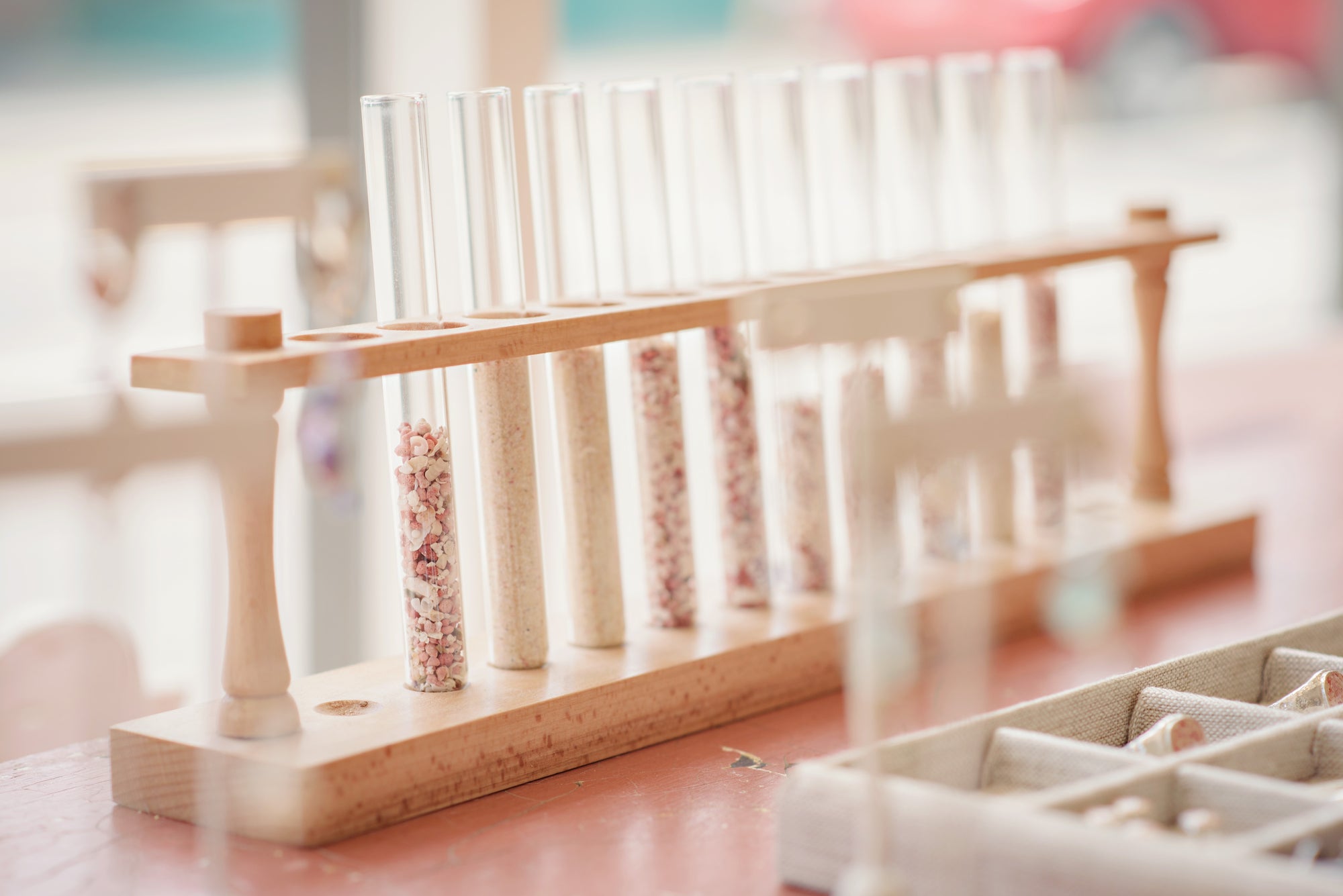Our national newspaper, The Royal Gazette, featured a wonderful article on our incredible Pink Bermuda Sand. The full story is here, but I've pulled some excerpts from the beautifully written article by Ali Hochberg of the Bermuda Institute of Ocean Sciences for you to peruse.
Although some people believe the sand’s colouration is just a trick of the eye caused by the warm glow of the setting sun, there is a scientific explanation as to why some of Bermuda’s beaches actually do have pink-hued sands and the answer rests with marine organisms known as “foraminifera.”

Foraminifera (or “forams” for short) are single-celled marine organisms with shells, called “tests”, that are made of calcium carbonate, the same material found in the shells of other marine organisms such as corals, lobsters and mussels. Forams are not considered animals because they do not have bodies that are divided up into multiple cells; however, they are also not quite plants because they don’t photosynthesize like plants and algae.
In Bermuda, one particular species of red foraminifera, Homotrema rubrum, grows abundantly on the undersides of coral ledges. When the forams die, either naturally or from the crushing forces of wave action, their tests sink to the bottom. Over time, tidal forces and waves wash these tests ashore, where they mix with the white crushed skeletons of other marine organisms, giving the sand a pink hue.

Despite their small size, foraminifera play an important role in geologic sciences. Because they have a calcium carbonate shell, forams are well-preserved in the fossil record. Combined with their abundance in the ocean, this gives scientists an accurate record of the evolution of forams, as well as a reliable way to date the age of the surrounding substrate.
So, the next time someone asks about Bermuda’s famous pink sand, you can tell them our beaches get their beautiful colour because of a very small marine organism: the red foraminifera.









1 comment
Ginny P
I was born in Bermuda, but moved when young. Now I can always have a little piece of Bermuda with me in my Twelve Sands pendant ❤
I was born in Bermuda, but moved when young. Now I can always have a little piece of Bermuda with me in my Twelve Sands pendant ❤